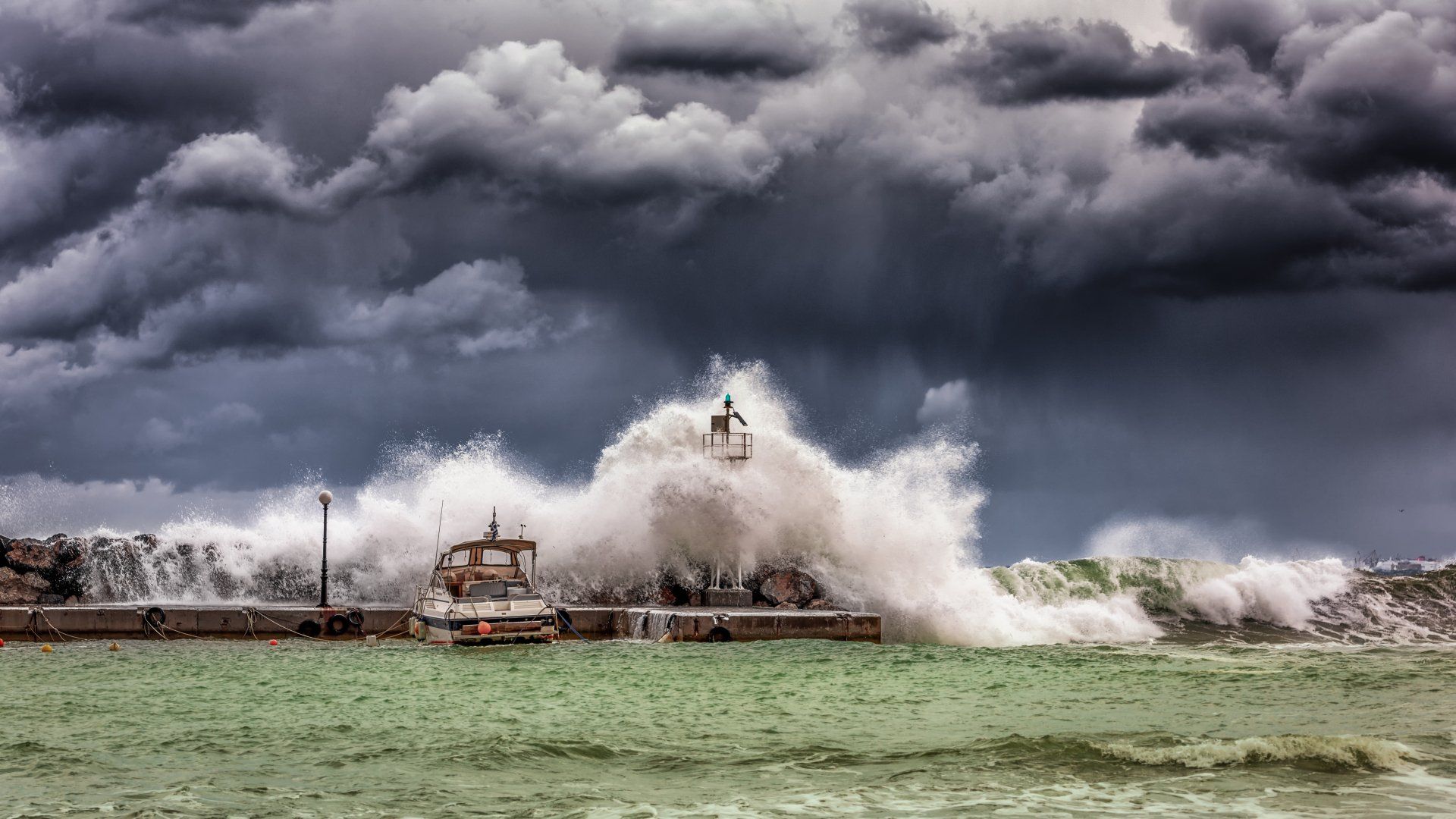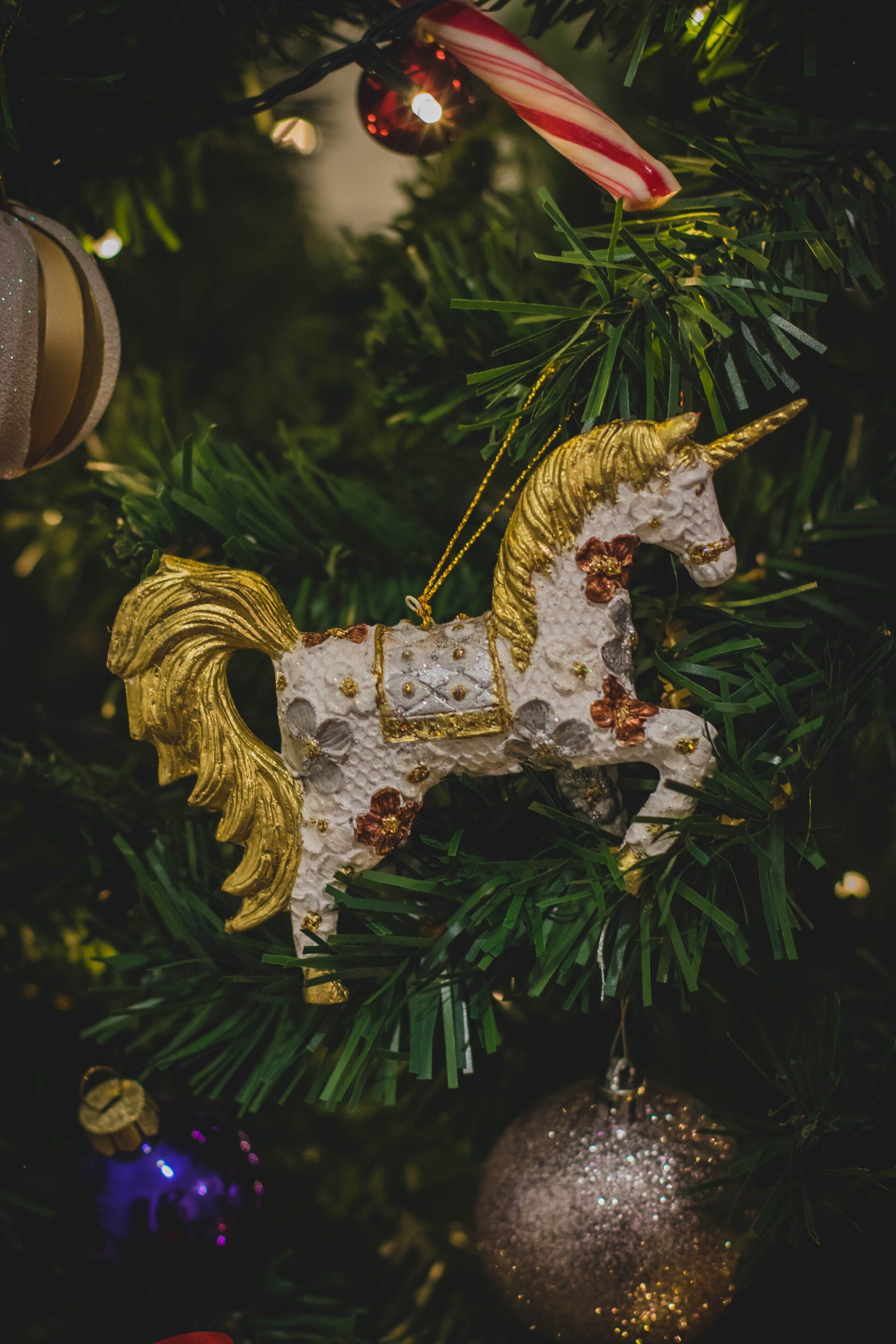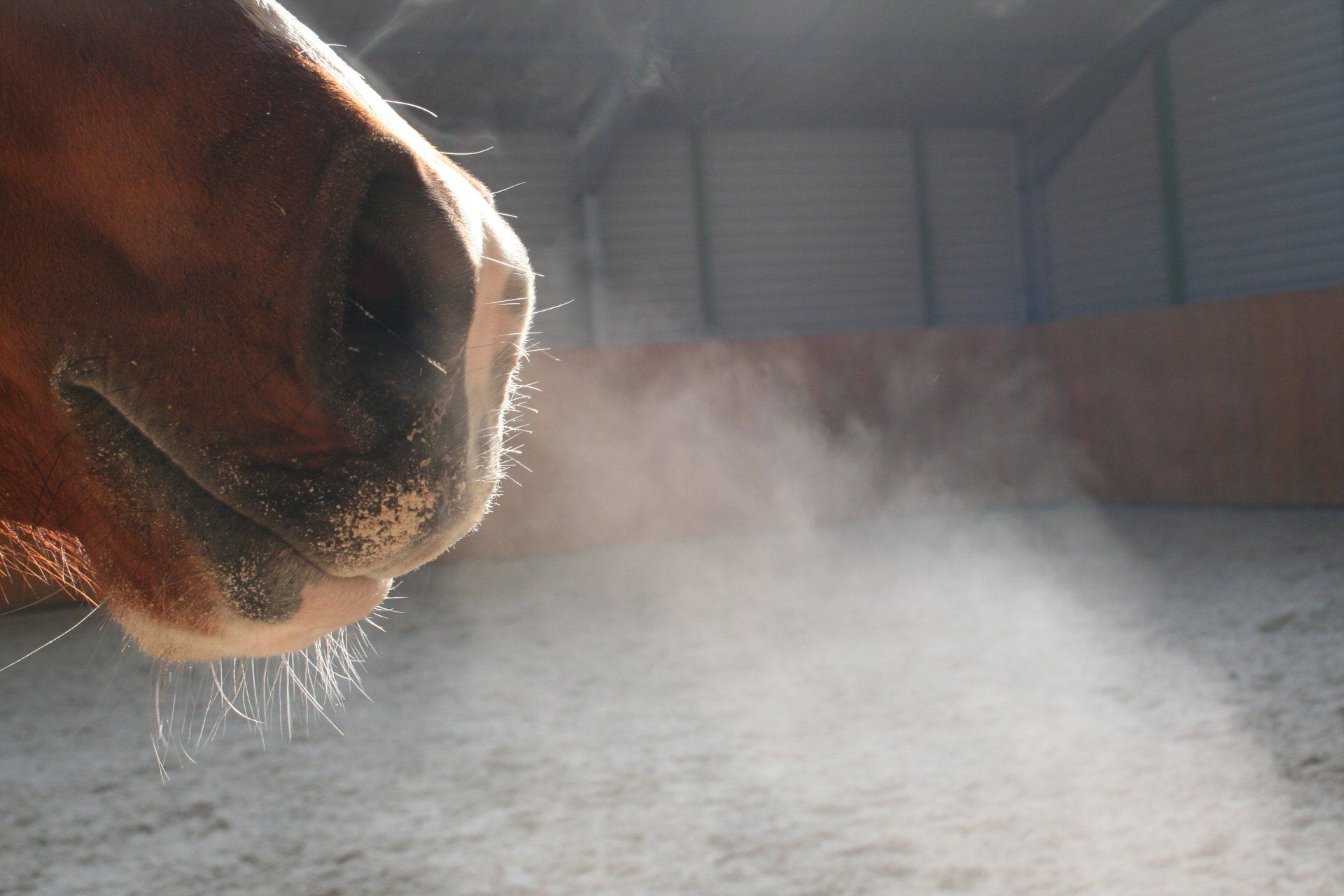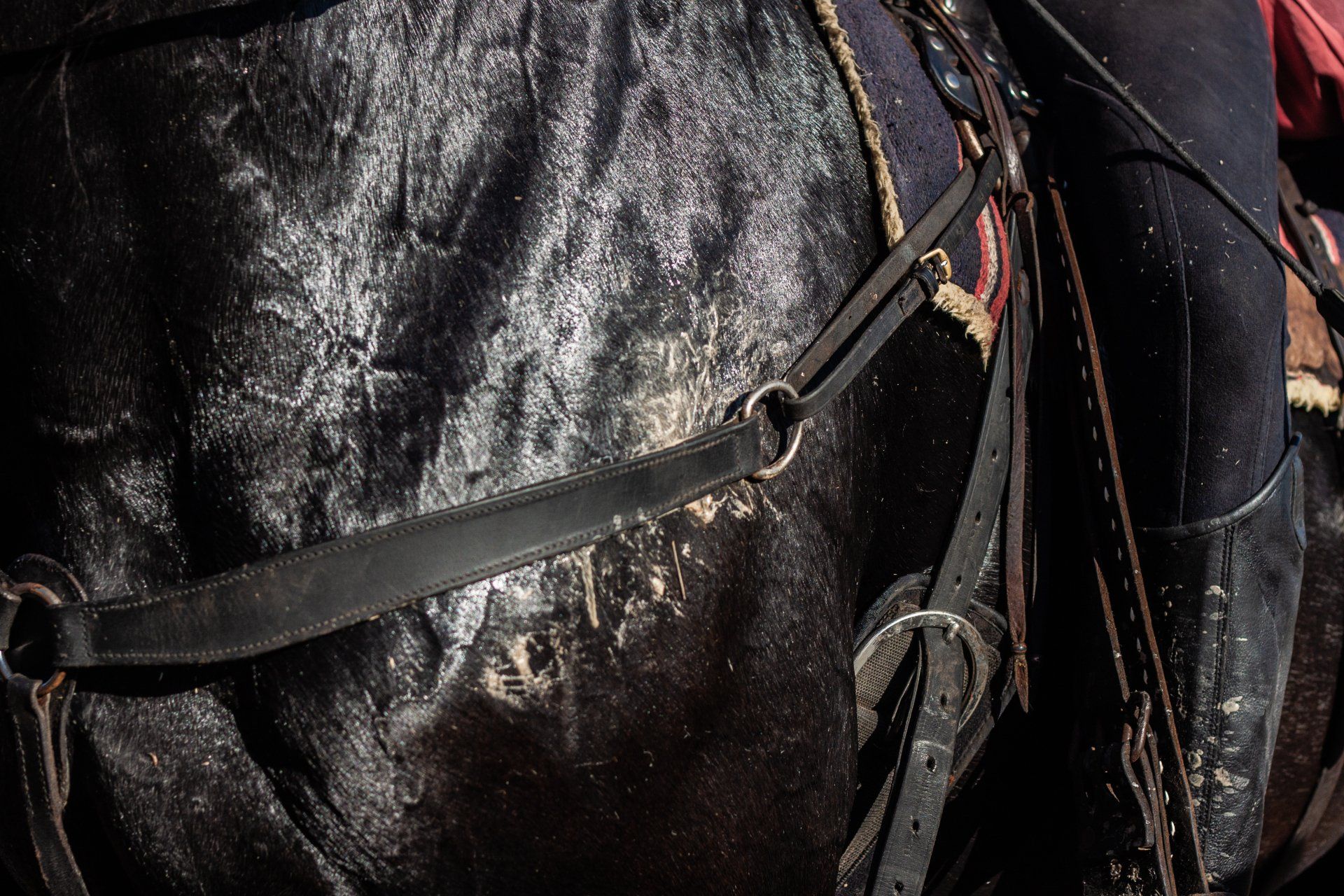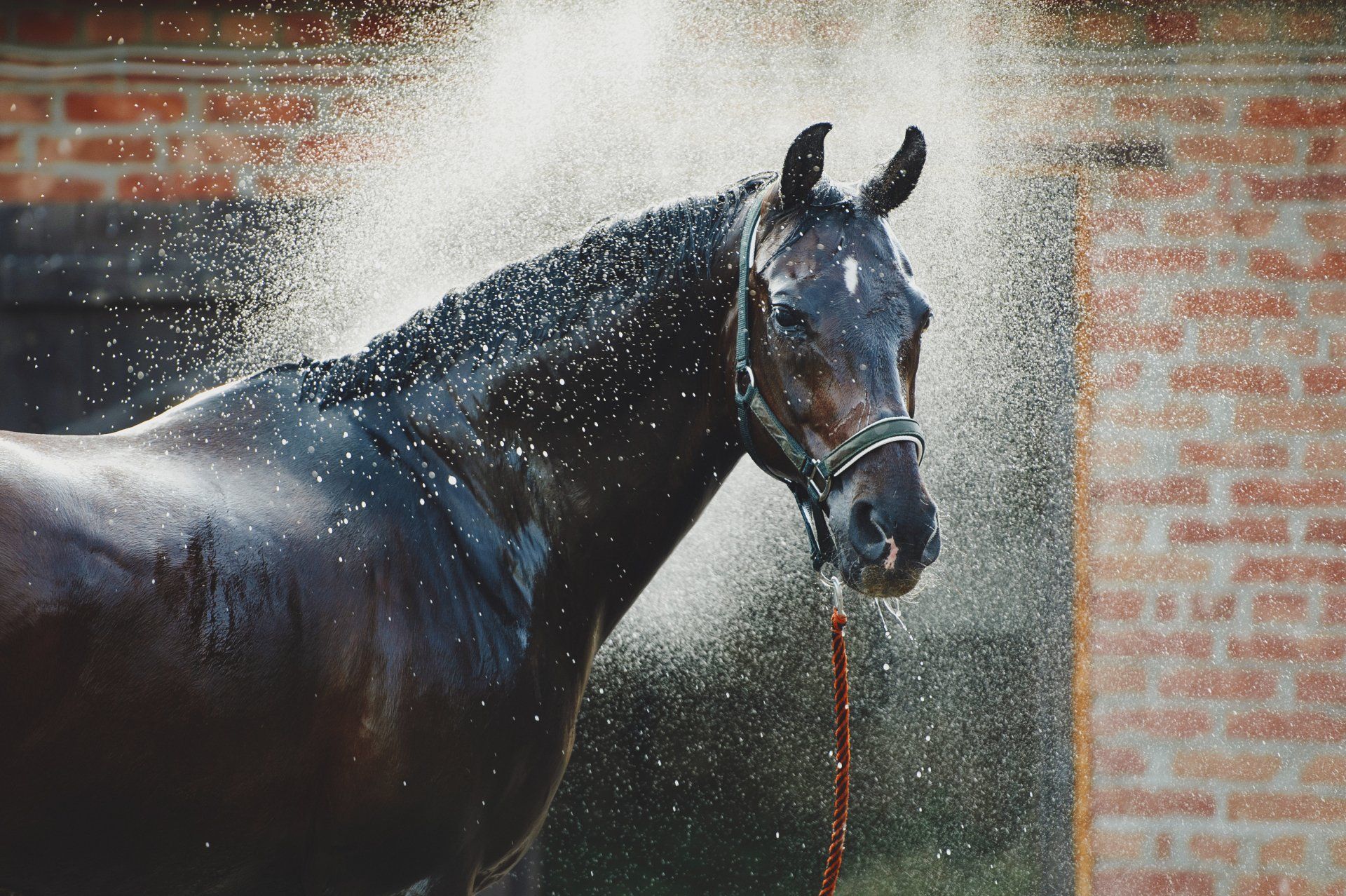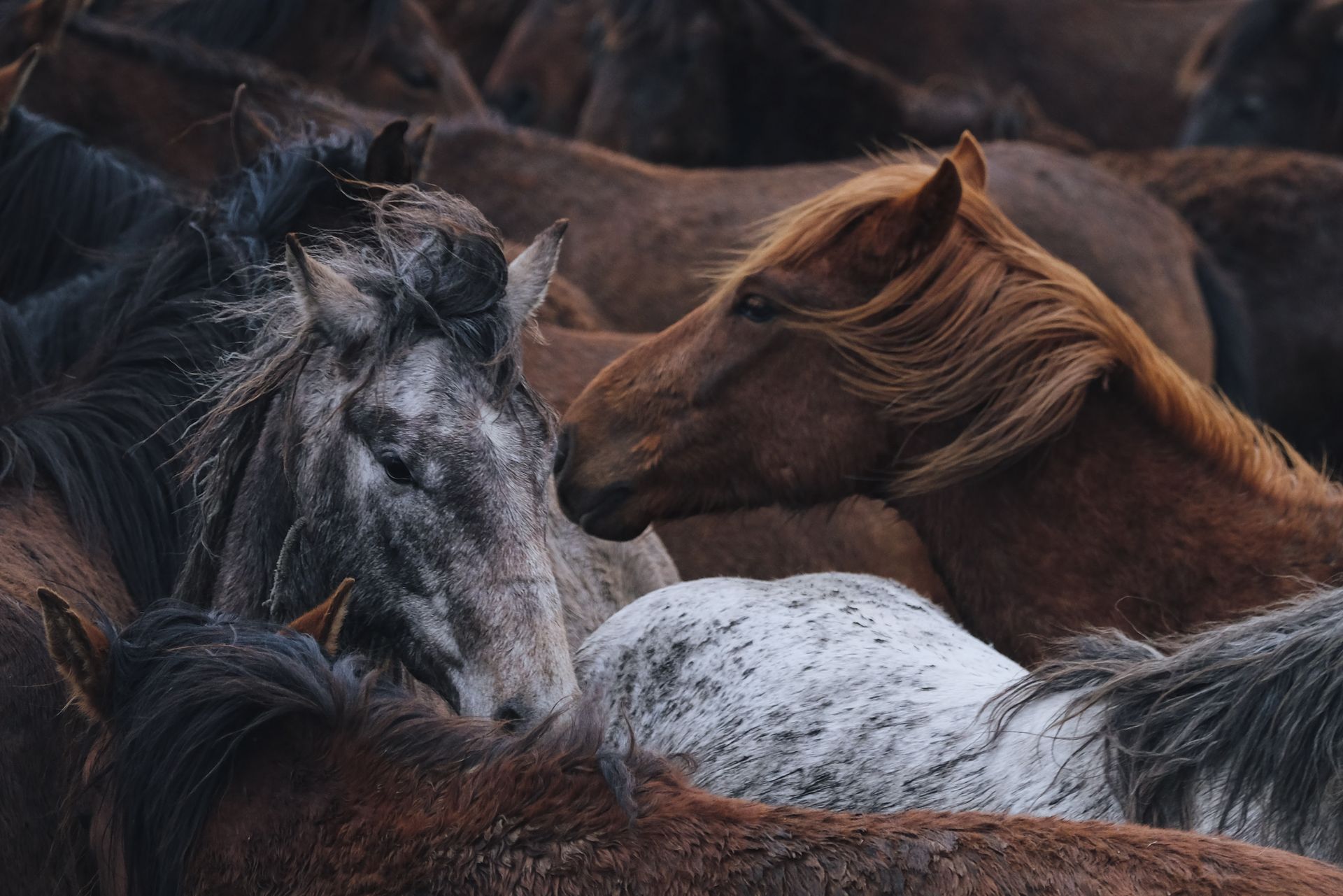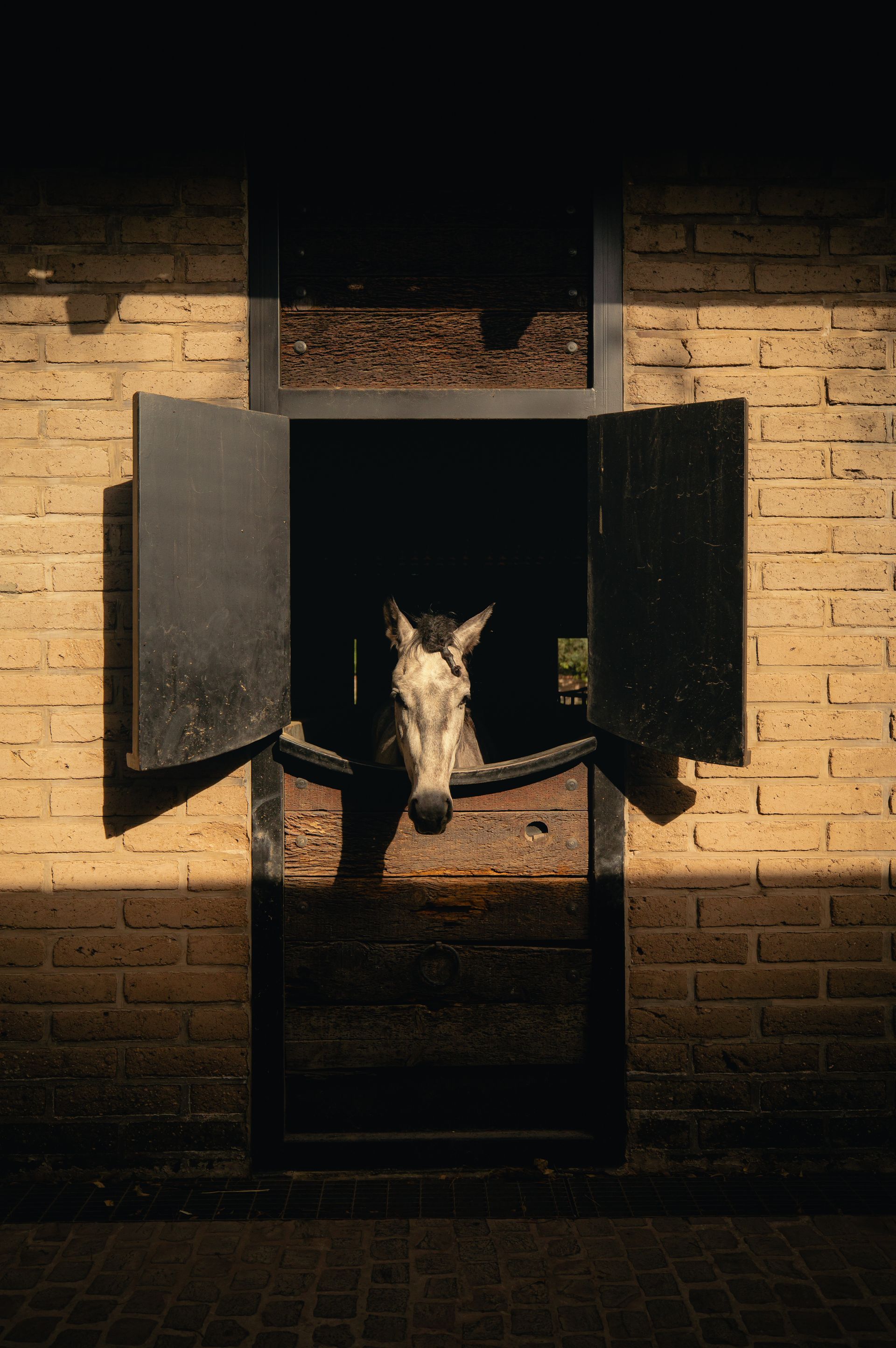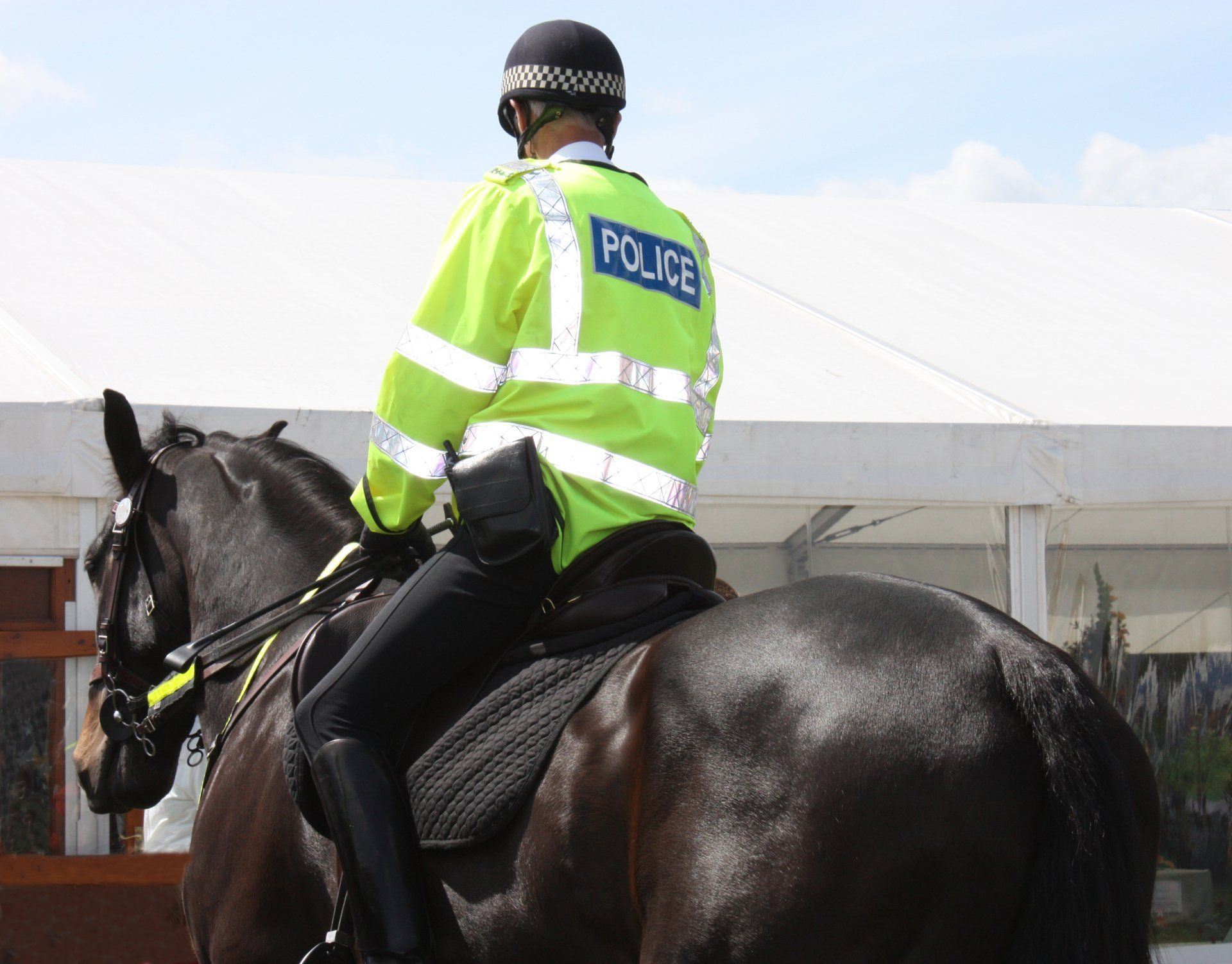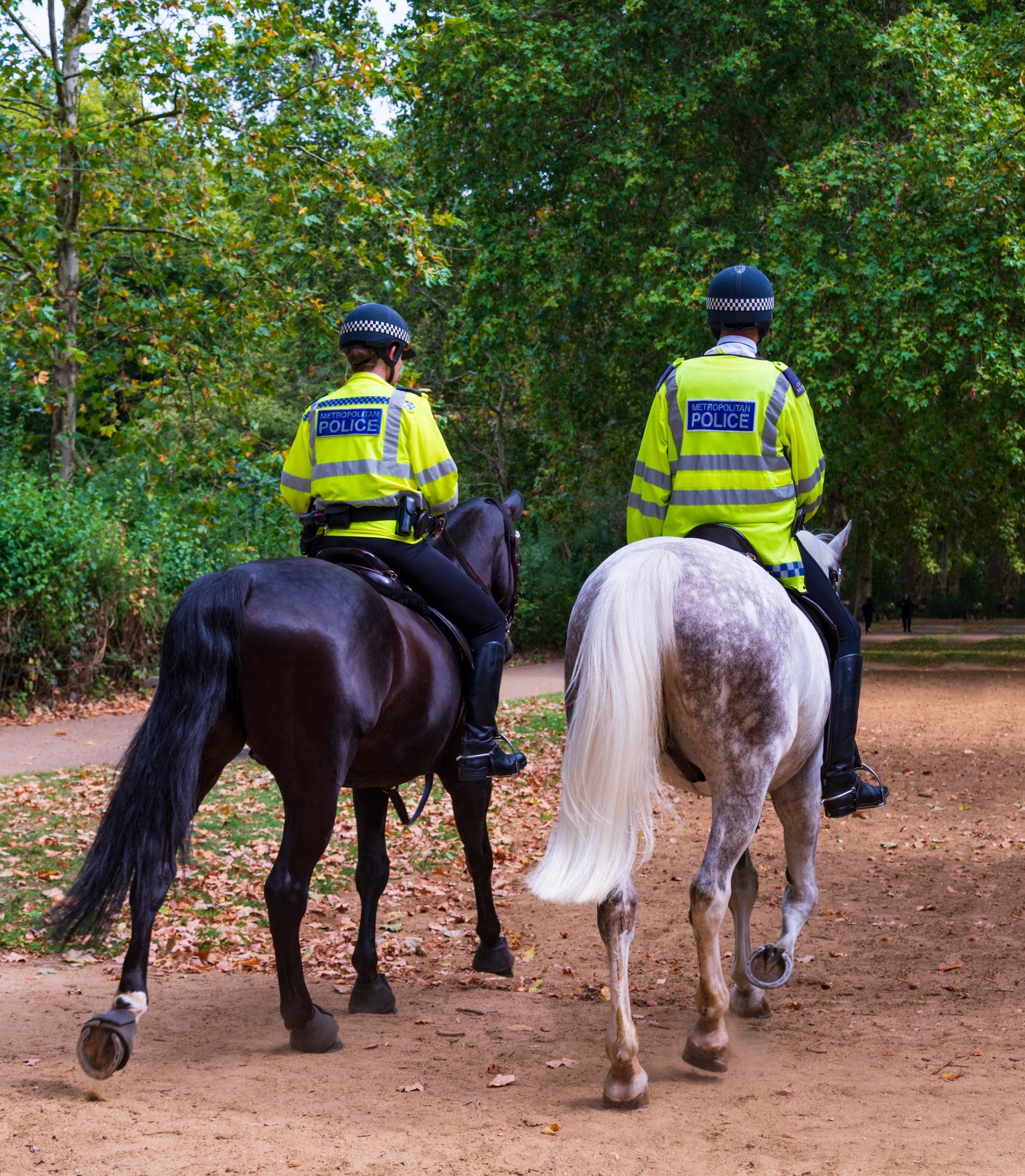UVC Light enhances safety across the Equine sector - Protecting stables and offices alike
In the UK, we're leading the charge in international equine breeding, providing nearly 20,000 jobs to our economy. However, when diseases strike, isolation becomes essential, halting competitions and posing a risk to both horses and businesses.
Recently, equine flu and herpes virus outbreaks have had severe consequences, affecting nearly 4,000 horses and halting international competitions across twelve EU countries. This highlights the importance of robust biosecurity measures.
Fortunately, UVC technology offers promising solutions for the equine industry, enhancing safety for both horses and their caregivers. Our innovative UVC solutions are designed to protect your business from the threats of disease, setting you ahead of the competition.
UVC sanitisation for equine enterprises
Our affordable, effective UVC technology is perfect for sanitising busy areas and frequently touched surfaces in offices and show venues. Whether you opt for a portable room steriliser or fixed units, including those that can be integrated into ventilation systems, you'll see a significant reduction in bacteria, viruses, and moulds. UVC lamps quickly disinfect rooms, ensuring the air and surfaces are free from pathogens, eliminating over 99.9% of harmful organisms and providing a safer environment for everyone on the premises.
Boosting biosecurity in stables
Infectious diseases pose a continuous threat to equine businesses. Our UVC technology not only supports general biosecurity measures but is also an asset for quarantine facilities. Despite limited research on UVC's effectiveness against equine-specific viruses, extensive evidence shows its ability to inactivate a broad range of pathogens, suggesting similar benefits for equine health.
Tailored solutions for your business
We understand each equine business is unique. That's why we offer bespoke UVC solutions, starting with a thorough assessment of your needs. By eliminating airborne and surface pathogens, the risk of disease transmission significantly decreases, complementing your existing cleaning protocols and providing an added layer of protection for grooming tools, tack, and feed buckets.
Our UVC devices maintain a controlled zone of continuous air disinfection, designed with safety in mind to prevent overexposure to both horses and humans.
Secure your Equine business against disease
Interested in making your premises safer for both horses and people? Get in touch to discover how our UVC technology can safeguard your business against the spread of equine diseases, ensuring you remain operational while others are sidelined by outbreaks. Let's have a conversation that could transform the way you protect your equine business.
